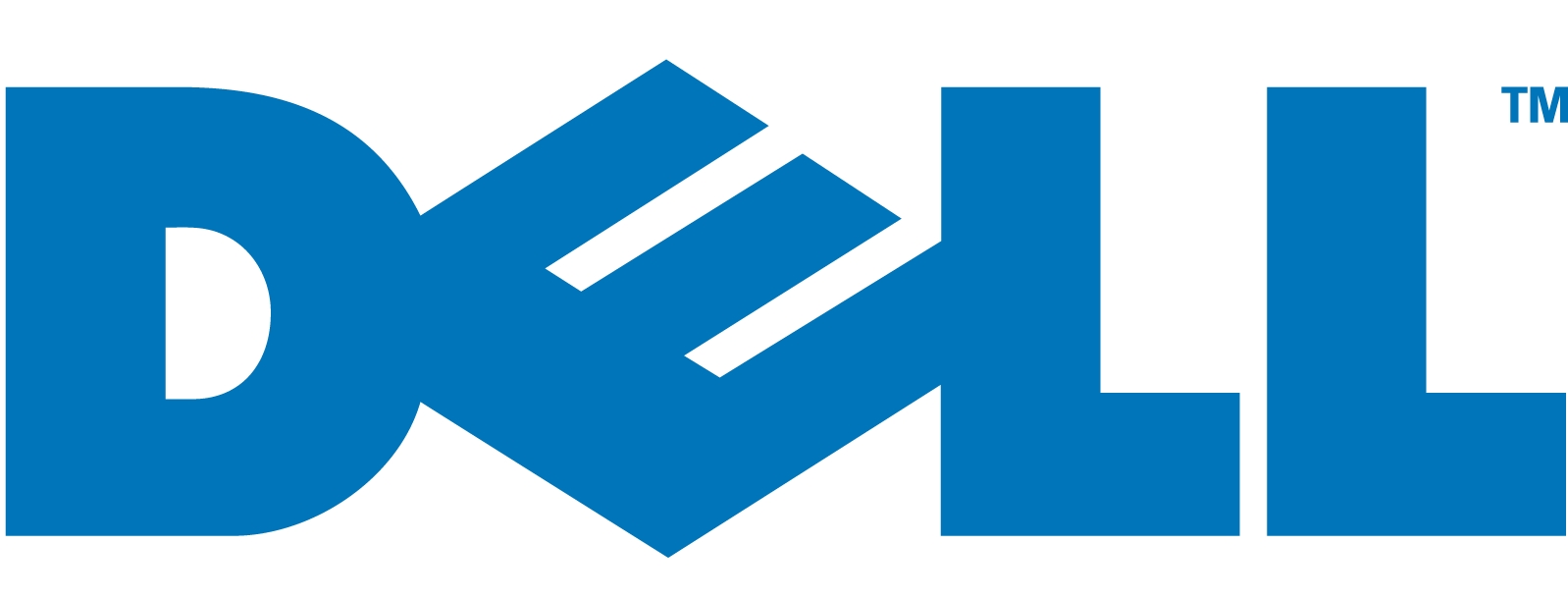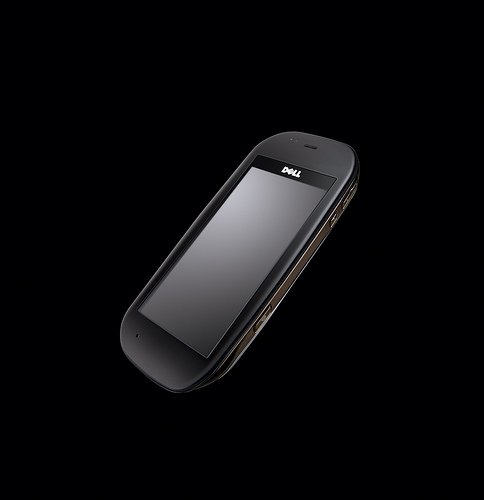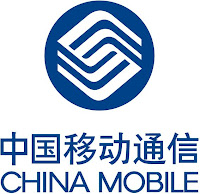Greetings, friends. Due to the English inability to have bank holidays on days other than a Monday, this week’s Carnival of the Mobilists is a day late but it is here nonetheless, and with verve! I have spent reading through a plethora of good stuff from the trenches of mobile:
Our friends from All About Symbian (yes, that name is still around!) have a bit of a prolific blogging streak and brings us two contributions this week looking at aspects of device and OS design respectively. Since both are intriguing, they get a double mention.
First, the function of home screens (note the plural) is queried and the question is as simple as it is compelling: if you have seven (or nine or eleven) “home” screens, do you then actually still have a home screen? Do you also have nine homes? Steve posits that simplicity should arguably win it, which of course is the opposite of what the iPhone’s all-app grid or Andoid’s army of home screens do today. Interesting!
Secondly, Steve looks at the burgeoning size of smartphones. He points out that the Nokia N95 screen size of a whopping 2.6” was huge by the standards then. It is dwarfed by the Samsung Galaxy S III’s 4.8” screen though. And the question is raised when is big too big. The answer is suggested to be at the end of people’s arms: Steve points out that hands are not growing as quickly as the screensizes (if indeed at all) and that therefore there should indeed be a perfect size for a phone – which 4.7” or bigger is, alas, not.
Moving on to even bigger things, and it doesn’t get any bigger than the Chinese market. Andy from Mobithinking has looked at recently released figures from some of the bigger analysists in the space and compacted this in a post that gives us numbers that make the mind of even the hardened mobilista boggle. China has now more smartphones than the US (22% vs 16% of the overall market). China has 3x more mobile subscribers than the US (1bn vs 330m). The country’s largest operator, China Mobile, alone has more than 2x as many mobile subscribers than the population of the US (which is itself the 3rd-largest mobile market in the world – India is a long way ahead of it on #2 though). China has more than 430m mobile Internet users, which is more than the population of either Europe or North America. For more, make sure to read thoroughly!
MobileGroove has a post from guest author Jeff Hasen on something that piqued my interest significantly when I heard about it, namely the International Olympic Committee’s (IOC) attempt to regulate the disemination of content via social media (and mobile). Jeff’s background as a reporter and marketer of previous Olympic Games adds further insight. The long and short is that the IOC has set up a “hub” that will post content for more than 1,000 current and former athletes directly from their Facebook and Twitter accounts (which I would suggest is the antithesis of social media). Restrictions as to what you can share apply, however, also to ticket holders (so don’t you dare tweeting that photo of Usain Bolt using a Mac; Acer is a sponsor!). The predictable result? Uproar, mayhem and another big old body having to bow to the anarchic power of social (and mobile) media!
Lastly, something more (seemingly) mundane but (evidently) more practical: MobyAffiliates has a post on AppStore optimization, namely a guide what you need to do in order to make sure that your app doesn’t sink in between those other apps upon launch. This takes everything from app title, keywords, description, icons, imagery, etc, etc. An eminently useful post if I may say so!
As is good tradition on this blog, I will not choose a winner – I think all of them are good and important reads! So go ahead, get a coffee (or glass of wine) and do yourself some good! 🙂
Next week, the Carnival will be hosted by MobiThinking. If you want to submit something worthy, please e-mail us at mobilists [at] gmail [dot] com by the end of the week. And if you need more information on the Carnival (or to catch up on a wealth of information from all the previous Carnivals), make sure to visit the Carnival’s own site.
UPDATE: we have had a late bloomer to this week’s edition but I wouldn’t want to omit this, so here we go: The Mobile Payments Today blog brings a report on the jungle that mobile payments still are (using the example of Google Wallet) and highlighting the apparent complexities in connecting the various ecosystems (different POS systems, card providers, loyalty programs etc).

 Dell, after a lot of denials, finally
Dell, after a lot of denials, finally  In a move that was
In a move that was  Now to the more critical points, and a small one at first: They could have done better on the marketing. Apple shows everyone how it’s done: come out with a bang and woe them. I do not think there is a need to outperform competitors on the technical side but a strong launch allows you to tell your story rather than leave it to a plethora of commentators to pave the way.
Now to the more critical points, and a small one at first: They could have done better on the marketing. Apple shows everyone how it’s done: come out with a bang and woe them. I do not think there is a need to outperform competitors on the technical side but a strong launch allows you to tell your story rather than leave it to a plethora of commentators to pave the way.





